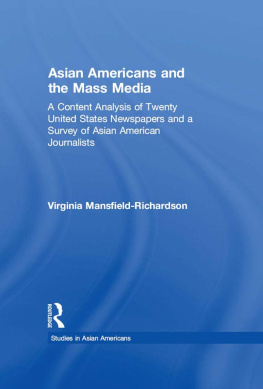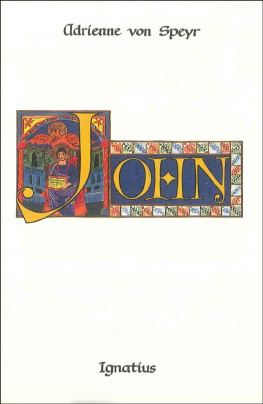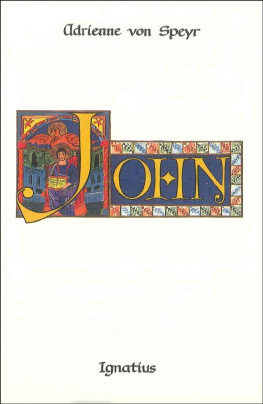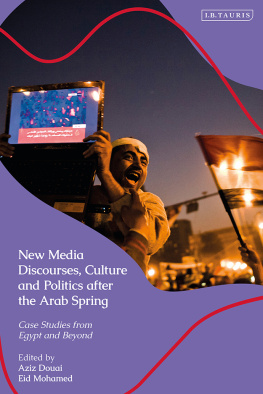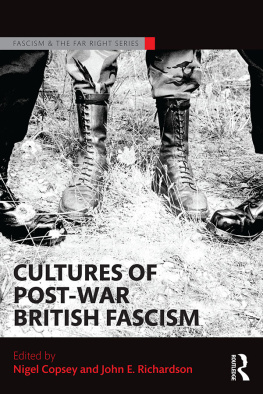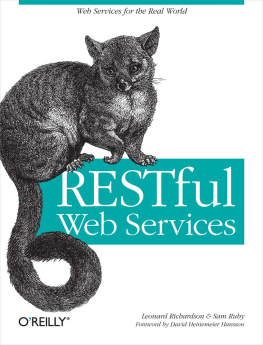Analysing Media Discourses
The continual growth in the significance of mass-mediated communication makes it essential that we are able to reflect upon and critically appreciate the semiotic processes that are involved in their impact upon social and cultural life. This edited collection showcases a range of diverse approaches to the analysis of various forms of mediated communications, including varying degrees of attention to their associated textual, discursive and social practices. Individual contributions are devoted to exploring, in analytical depth, multiple dimensions of each of the following media: newspaper articles, magazines (both historical advertising and contemporary editorial discourse), television (both situation comedy and reality TV programmes), books (covers and content in two genres), political leaflets, and a flight simulation computer game. The collection will be an important resource for scholars and students within disciplines including communication studies, sociology, media studies, cultural studies, discourse studies, and journalism studies.
This book was published as a special issue of Social Semiotics.
Dr John E. Richardson is a Senior Lecturer in Media Studies at Newcastle University. His research interests include critical discourse studies, structured social inequalities, the histories of British fascism, racism in journalism, and argumentation.
Dr Joseph D. Burridge is a Lecturer in Sociology at the University of Portsmouth. He has broad research interests within the social sciences, including social theory, culture, and rhetoric. Increasingly, his writing concentrates upon social science approaches to the study of food.
Analysing Media Discourses
Edited by
John E. Richardson and
Joseph D. Burridge
First published 2011
by Routledge
2 Park Square, Milton Park, Abingdon, Oxon, OX14 4RN
Simultaneously published in the USA and Canada
by Routledge
711 Third Avenue, New York, NY 10017
Routledge is an imprint of the Taylor & Francis Group, an informa business
2011 Taylor & Francis
This book is a reproduction of Social Semiotics 18.3. The Publisher requests that those citing this book use the bibliographical details of the journal issue on which the book is based.
Typeset in Times New Roman by Taylor & Francis Books.
Printed and bound in Great Britain by TJI Digital, Padstow, Cornwall.
All rights reserved. No part of this book may be reprinted or reproduced or utilised in any form or by any electronic, mechanical, or other means, now known or hereafter invented, including photocopying and recording, or in any information storage or retrieval system, without permission in writing from the publishers.
British Library Cataloguing in Publication Data
A catalogue record for this book is available from the British Library
ISBN13: 978-0-415-61858-8
Disclaimer
The publisher would like to make readers aware that the chapters in this book are referred to as articles as they had been in the special issue. The publisher accepts responsibility for any inconsistencies that may have arisen in the course of preparing this volume for print.
Contents
| John E. Richardson and Joseph D. Burridge |
| Alex Wade |
| Elizabeth Stokoe |
| Jim McGuigan |
| John E. Richardson |
| Scott Cherry |
| Jane Liffen |
| Michael Pickering |
| Georgina Turner |
| Joseph D. Burridge |
John E. Richardson: Newcastle University, Newcastle, UK.
Joseph D. Burridge: University of Portsmouth, Portsmouth, UK.
Alex Wade: Independent Scholar, UK.
Elizabeth Stokoe: Loughborough University, Loughborough, UK.
Jim McGuigan: Loughborough University, Loughborough, UK.
Scott Cherry: Independent Scholar, UK.
Jane Liffen: Independent Scholar, UK.
Michael Pickering: Loughborough University, Loughborough, UK.
Georgina Turner: Independent Scholar, UK.
Recent years have seen a growth in mass-mediated cultural artefacts and a concomitant growth in their social and cultural significance. Academia has been relatively quick to respond to some of these apparent changes (see, for example, Deacon et al. 2007; Talbot 2007; Matheson 2005). This has resulted in an expansion of analytic approaches (cf. Barnhurst and Nerone 2001; Bell and Garrett 1998; Cotter 1996; Fairclough 1995; Kress and van Leeuwen 2006; Machin 2007; Martin and White 2005; McGuigan 1997; Pickering 2008; Richardson 2007; Titscher et al. 2000) to make sense of the semiotic processes involved in contemporary mass communications, their relations to wider social and structural systems (for instance, markets, political formations, the law), as well as the consequences they may have on textual, discursive and social practices.
A degree of reflection upon the range of approaches available for making sense of contemporary and historical media discourse is appropriate and desirable, and this timely special issue showcases a broad range of existing techniques for analysing various mass-mediated texts. These include newspapers, magazines (contemporary editorial content, and historical advertising), books (covers and contents, and in two genres), party political leaflets, television programmes (situation comedy, and so-called reality television), and computer games. In examining these varied media, the contributors to this special issue have drawn upon an equally varied range of methods and approaches to the analysis of texts and discourse. These include, among others, critical discourse analysis, conversation analysis, ethnomethodology, cultural studies, psychoanalysis, rhetorical and ideological analysis, multi-modal methods, and social theory.
The majority of papers in this special issue are highly empirical in focus, and those that are less so provide rich and important theoretical insights. Each of these articles represents the use of a methodology without guarantees, and it is important to stress without any essential relationship to the material they analyse. Nevertheless, they produce robust analytical insights that illuminate important aspects of the ways in which contemporary, and historical, meaning-making works, and show approaches to working with mediated material in action illustrating, among other things, how to analyse media texts of various types.
Firstly, in the most theoretically-driven piece in the issue, Alex Wade explores ways of conceptualising how different types of space interrelate with one another, drawing upon and developing the work of Lefebvre. He emphasises the fluidity of contemporary social life, as well as wider social and technological changes, and advances the conception of trans-space to account for the way that contemporary mediation leads to a situation in which multiple spaces can be, and are, inhabited at once. This conception is explained through a series of fictional illustrations, before being applied and exemplified as part of an ethnographic sketch of the operation and use of an amateur flight simulator. Wade shows how this highly sophisticated computer program allows, and requires, the simultaneously habitation of different types of space, as well as identifying how this operates, and the impact that this can have upon the users in a practical context.



